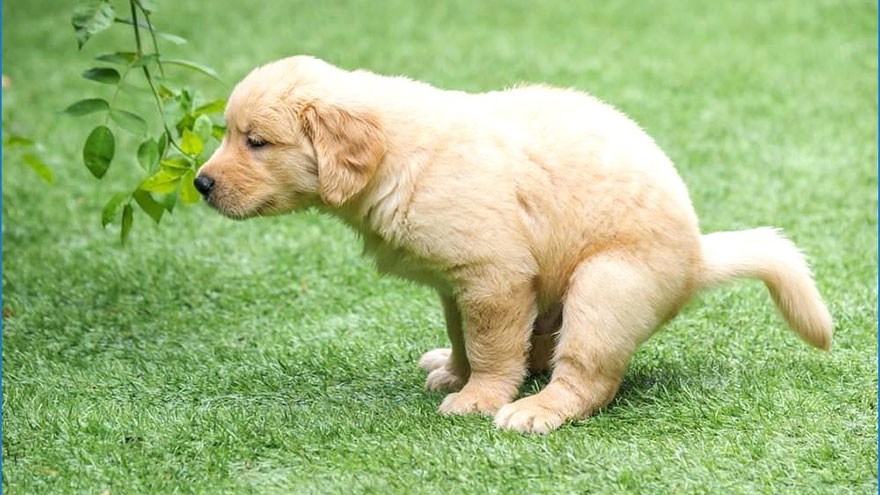Types of Worms in Dog Stool
Though vigilant dog owners invest in parasite prevention for their canine companions, dogs still may suffer infestations from various intestinal parasites. Though many intestinal parasites can be identified through microscopic examination and a veterinarian-performed fecal float, dog owners may suspect an infestation if a dog’s appetite, attitude or body score is suffering. Treatment measures depend upon the severity of the infestation and the type of parasite.
Toxicara Canis
Also called ascarids, roundworms can be passed from a dam to her pups in utero via her body tissues, or through nursing. Once the host is infected, the larvae migrate to the dog’s intestines, where they shed eggs and grow up to 5 inches in length. Eggs are passed in the dog’s stool where they wait for ingestion by a new host or the original one. Once ingested, the eggs hatch into larvae that infect the dog’s lungs.
The dog coughs them up and swallows them, enabling the worms to reach maturity in the intestines. Infected dogs exhibit potbellies and poor growth rates. Severe infestations cause intestinal blockage and death, according to PetMD. These worms can infect humans.

Trichuris Vulpis
Whipworms resemble pieces of thread with one end larger than the other, according to PetMD. They are introduced to a dog’s body through ingestion and live in the cecum. Eggs are shed in feces and reach their infective stage between two and four weeks after leaving the dog’s body. Whipworm eggs are shed infrequently, so an infestation may be difficult to diagnose through fecal float.
An infected dog may show no symptoms of whipworm infestation, but in an extreme case he may be unable to gain weight, have symptoms of anemia or fresh blood in his stool. Dogs living in kennel environments are particularly susceptible. Whipworms are rarely fatal to dogs and can be treated with whipworm specific medications.
Coccidia and Coccidiosis
Coccidia is a single-celled organism that lives in soil or infected feces and causes the disease coccidiosis. Most common and serious in puppies and young dogs, coccidia causes diarrhea and in extreme cases, blood in the stool. Severely affected puppies can die.
Dogs can be tested for the organism and prescribed medications to eradicate coccidia populations, according to the Companion Animal Parasite Council, but pet owners can keep dogs safe by removing dog feces from the yard. Coccidia cannot be passed from dogs to their owners or other household pets.
Ancylostoma Caninum
Transmitted to dogs through larval migration before puppies are born, hookworms are thin worms that attach to the intestinal wall and drink the dog’s blood. They also may be transmitted through nursing or ingestion of hookworm eggs after birth. Hookworms cause anemia through blood loss and have been known to kill young dogs.
The parasites may cause diarrhea and dark tarry stools. Older dogs experience a loss of stamina and an inability to gain weight. Hookworms are capable of penetrating human skin and causing intestinal inflammation and cutaneous larva migrans, according to the Merck Manual.
Tapeworms or Cestodes
Tapeworm eggs are predated by fleas. When infected fleas are ingested by a dog, or when the dog preys upon infected wildlife, he may become host to a tapeworm. Growing up to 6 inches in length within the dog’s intestine, tapeworms may have as many as 90 segments. Although tapeworms rarely cause serious disease, they do cause appetite abnormalities, poor coat condition and canine irritability.
Tapeworms shed segments, which can be found in the hair surrounding the dog’s anus. These segments contain eggs that can be found in the dog’s stool. Humans can be infected with tapeworms, particularly if they ingest an infected flea, but tapeworms are not associated with significant diseases in the United States, according to the Companion Animal Parasite Council.
You Might Also Like :: Sebaceous Gland Tumors in Dogs

